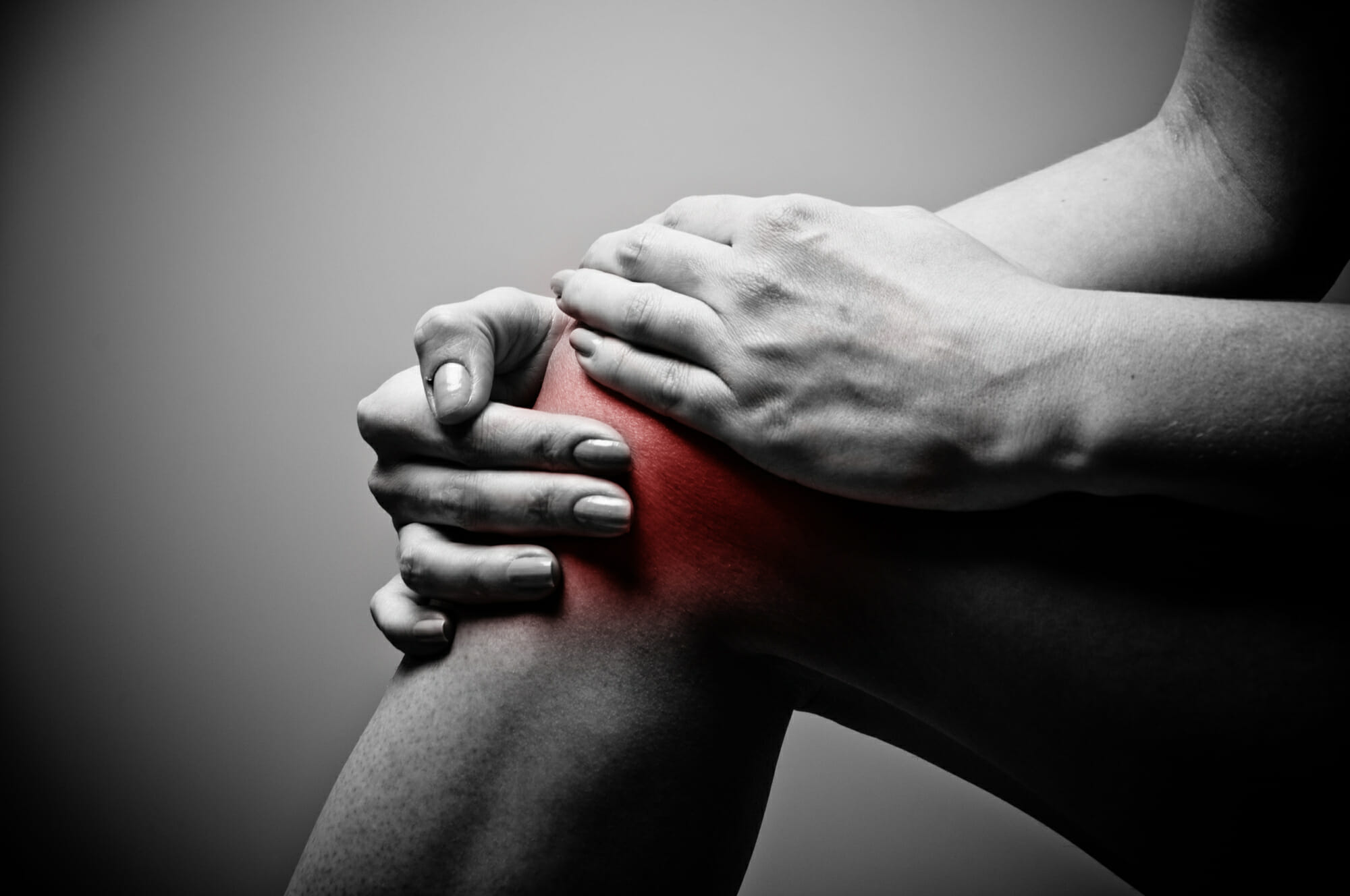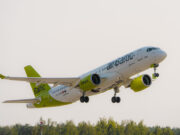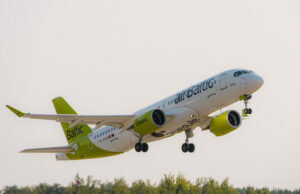 Whether you are training to obtain your next fitness goal or just getting back on your feet from a fitness hiatus, you are sure to face a few hurdles along the way. Maintaining or regaining fitness is never easy and plans rarely as we envision. How you decide to navigate the various difficulties as they present themselves makes all the difference. Our focus this month is general sports injuries and the unique differences how common injuries can affect the professional cabin crew member or traveling professional. Work patterns are unique to our industry as are the tools we access to during our travels. These factors force us to take a slightly different approach.
Whether you are training to obtain your next fitness goal or just getting back on your feet from a fitness hiatus, you are sure to face a few hurdles along the way. Maintaining or regaining fitness is never easy and plans rarely as we envision. How you decide to navigate the various difficulties as they present themselves makes all the difference. Our focus this month is general sports injuries and the unique differences how common injuries can affect the professional cabin crew member or traveling professional. Work patterns are unique to our industry as are the tools we access to during our travels. These factors force us to take a slightly different approach.
Most common sports injuries are categorized as either sprains and strains. Sprains injure ligaments (ligaments hold joints together by connecting two bones or cartilages) while strains are injury to muscle fibers or tendons caused by overstretching or overusing a muscle, causing tears in the muscle or tendon.
The number one thing you can do to prevent sports injuries is to maintain your fitness level for the sports you enjoy. However, life sometimes gets in the way and you have to slowly rebuild your fitness foundation to ensure your body can handle the stresses from exercise. The great imperative is to start each workout with a warm-up and stop when you begin to feel fatigue. As a rule of thumb, if you experience pain for more than two weeks, seek professional advice from a doctor specializing in physical therapy or orthopedic medicine.
Below, we will discuss the five most common sports injuries that can plague flight crews or anyone who sits for extended periods of time. They are knee pain, shoulder injuries, hamstring strain, sciatica, and hip flexor pain.
1. Knee Pain
What it is: Knee pain, specifically Patellofemoral Pain Syndrome, is one of the most common forms of knee pain and describes pain in the front of the knee around the knee cap; characterized as a dull aching pain in the front of the knee. This usually begins gradually, is often activity related and may be in one or both knees.
Why is it common among flight crews: Pain is often seen after sitting for long periods of time with knees bent, such as sitting in an airplane. This knee pain is seen in athletes and non-athletes alike and can make it difficult to perform everyday activities such as climbing stairs. A slip or fall onto the knee can initiate pain, alignment issues such as muscle imbalance around the knee, and overuse are all causes of patelofemoral pain.
 How to treat it:
How to treat it:
- RICE: Rest, Ice, Compression, Elevation
- Reduce your activity level or intensity for up to six weeks by replacing high impact exercises with low impact exercise such as biking and swimming.
- Orthotics (custom made or off the shelf) may help align your lower leg.
- Strengthening inner thigh muscles and stretch- ing muscles of the outer thigh by performing the following exercises:
- Standing side leg raises
- Side lying leg raises/wall slides (seen in our e-course: exercise basics)
- Clamshells
- Single leg squat
How to prevent it:
- Gradually increase physical activity (days you workout per week as well as duration and intensity of exercise).
- Maintain your fitness level for sports you enjoy.
- Maintain muscular strength of the quadriceps muscle with exercises like the leg press.
https://orthoinfo.aaos.org/en/diseases–conditions/patellofemoral-pain-syndrome/
https://www.unitypoint.org/livewell/article.aspx?id=591d8cf1-1ee5-4cb3-b662-a5f21f6f13bc
2. Shoulder Injury
What it is: Shoulder injury caused by lack of flexibility, strength and/or stabilization.
Why is it common among flight crews: Your shoulder joint has a large range of motion and is relied upon for almost all daily activities from drinking your cup of coffee, or lifting something off the ground, to reaching overhead.
Shoulder injuries are often caused by overhead activities that are repetitive and excessive. These can be caused by athletic activities or everyday activities such as configuring systems on the overhead panel in the flight deck or placing bags in the overhead bin. If you are suffering from shoulder instability, you may experience pain when raising your arm or feel as if your shoulder is slipping out of place. (https://orthoinfo.aaos.org/en/diseases–conditions/common-shoulder-injuries/)
If you are suffering from impingement, often due to excessive overhead arm motion, you should seek medical care. Rotator cuff injuries can greatly limit range of motion and prevent you from lifting your arm and reaching overhead.
How to treat it:
Rest and ice.
Shoulder injuries should be seen by a doctor to prevent the condition from worsening. A few exercises that may help once recovery has begun are:
- Wall pushups
- Shoulder internal and external rotations
- Scaptions
- Wall slides: face away from the wall with your head, elbows and hands touching the wall.
Slowly slide arms up the wall a few inches, keeping all contact points touching. Return to the starting position.
- Shoulder retractions: Standing with good posture, simply squeeze your shoulder blades to gether and hold for a few seconds. Repeat 10-15 times.
- Quadruped
How to prevent it:
- Keep your physical activity consistent through regular exercise and maintaining strength around the shoulder joint (done with proper form).
- Don’t lift too much weight, especially if you are just beginning an exercise routine and always warm up for 5-10 minutes.
- Use good posture when sitting in the flight deck or standing in place.
3. Hamstring Strain
What it is: Hamstrings, located on the back of the thigh, are prone to being strained (or “pulled”). Hamstrings are at risk of being pulled due to poor stretching (such as bouncing while stretching cold muscles) and lack of stretching surrounding muscles. The interesting thing about the hamstring is that it can actually be overstretched due to poor posture, giving a feeling of tightness. In this case, stretching surrounding muscles and strengthening the hamstring will often have the greatest overall effect. However, if your glutes (butt) are under-active, often due to long periods of sitting, your hamstrings will try to “pick up the slack” which may cause injury or a feeling of tightness.
Why it is common among flight crews:
Flight crews are plagued with long periods of sitting with little to no option to stand until the destination has been reached, which can be hours. This can lead to poor posture and under-active gluteal muscles.
How to treat it:
- Rest
- Physical therapy and ultrasound
How to prevent it:
It is imperative to have a consistent stretching routine to maintain flexibility in your back, glutes, quadriceps, and hip flexors. Foam rolling, also referred to as myofascial release, can be a key component to your routine. The company Trigger Points produces as great foam roller that is designed to pack in your suitcase and take anywhere. Try incorporating a static stretch of your hamstrings after the body has been warmed up or at the end of your workout.
When you find yourself sitting, “turn on your glutes” by squeezing/tightening your buttocks ten times when you stand up and repeat as often as possible. This will keep your glutes engaged and promote blood flow to the lower half of your body.
Once at the hotel or home, strengthen your hamstring muscles by performing a body bridge, which can easily be done anywhere without equipment. Place one or two feet on a chair, bench or the ground with your knees bent. Raise your butt off the ground as you extend your leg, digging your heel into the chair, bench or ground. Slowly lower to the ground and repeat three sets of 10-15. If you have access to a gym, incorporate exercises like squats and dead lifts into your routine.
Always remember to stop before you become too fatigued and pay attention to your posture. Keep a neutral posture by pulling your belly button in, pulling your chest up and your shoulders down as well as keeping your knees soft (not locked).
4. Sciatica
What it is: Sciatica is back pain that travels down the back of the leg and can even go all the way to your feet. It is often described as a radiating pain and can include numbness, burning, tingling and sometimes weakness. Sciatica can be caused by a herniated disc in your lower spine, bone spurs, spinal stenosis and a tight piriformis (a muscle in your buttocks). Other possible causes include muscle imbalances, pregnancy, diabetes, heavy lifting with improper form and long periods of sitting.
Why it is common among flight crews:
Sciatica can plague individuals who sit for long periods of time. Severe progression can make even basic tasks such as walking difficult.
How to treat it:
- Resist the urge to sit, instead keep moving to helping alleviate nerve irritation.
- Request bathroom breaks often to break things up.
- Reference our Seated Exercise course available on our website at www.pilotfitness.com.
How to prevent it:
- Maintain a healthy weight including flexibility and strength in your back and hips.
- Utilize a foam roller on tight muscles in the legs as noted above.
- Roll your thighs from the top of your hip to the top of your knee and roll your outer thigh and calf muscles.
- To roll your buttocks, place your right ankle on your left knee while sitting on a foam roller. Lean to the right as you roll back and fourth over your right buttock. Repeat on the other side.
- Stretch your piriformis by lying on your back with your knees bent. Place your right ankle on your left knee. Pull your left leg toward your chest and hold for 30 seconds.
- Stretch your hip Flexor by kneeling on the ground with your right knee and your left foot on the ground, making a 90 degree bend. Keep your core tight (belly button pulled in) and your hips tucked under slightly as you squeeze your butt on the right side, moving your body forward until a stretch can be felt in your upper thigh in the front of your hip. Hold for 30 seconds and repeat on the other leg.
5. Hip Flexor Strain
What it is: Hip flexor strains can occur during every day tasks but most often happen during sports activities.
Why it is common among flight crews:
Hip flexors are often weak in individuals who sit for extended periods of time and become especially weak and stiff in those who have poor posture while sitting.
How to treat it:
Rest
How to prevent it:
- Stretch to relieve muscle tightness and improve range of movement. Make sure to perform slow, static stretches.
- Warm up properly and allow at least 5-10 minutes to increase your muscle temperature, breathing rate and increase your blood flow.
- Gradually increase physical activity (days you workout per week as well as duration and intensity of exercise).
Remember, we have limited space to discuss some rather complex topics which can have a wide range of personal implications, requiring complex, personalized treatment plans monitored by a health care professional and certified personal trainer. This is provided as a summary of everyday hurdles flight crews face in maintaining fitness. Incorporating the above tips into your daily routines will serve as a great starting point to staying active and feeling better. For more information, to improve your overall health and wellness, and improve your fitness during your travels, visit www.pilotfitness.com for in-depth eCourses made specifically for flight crews.





















































